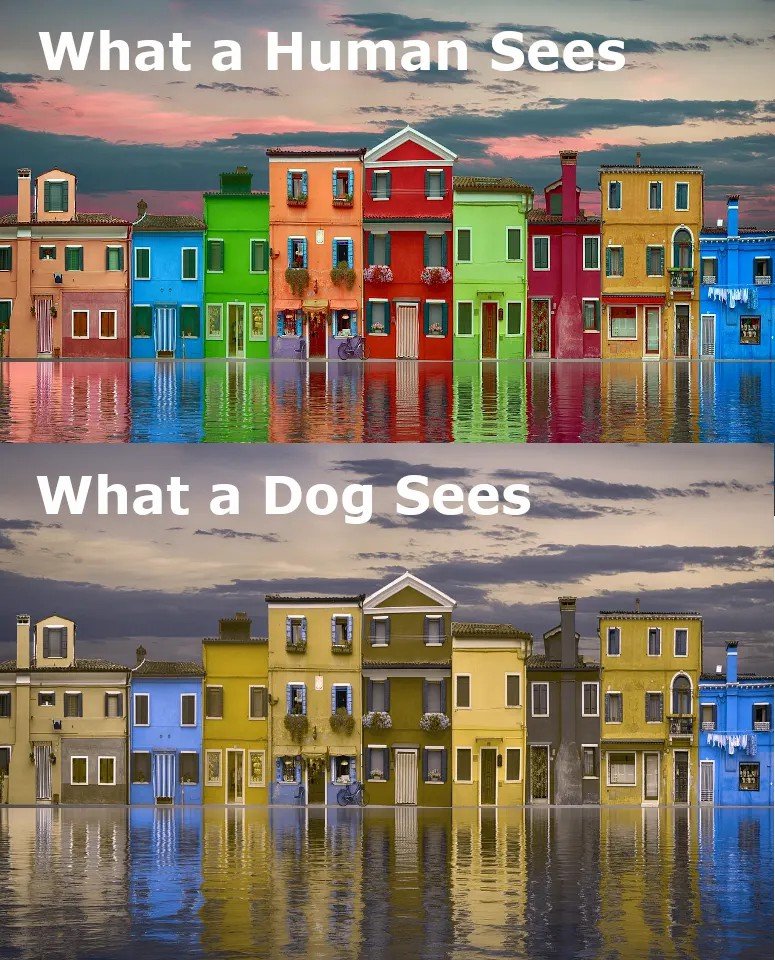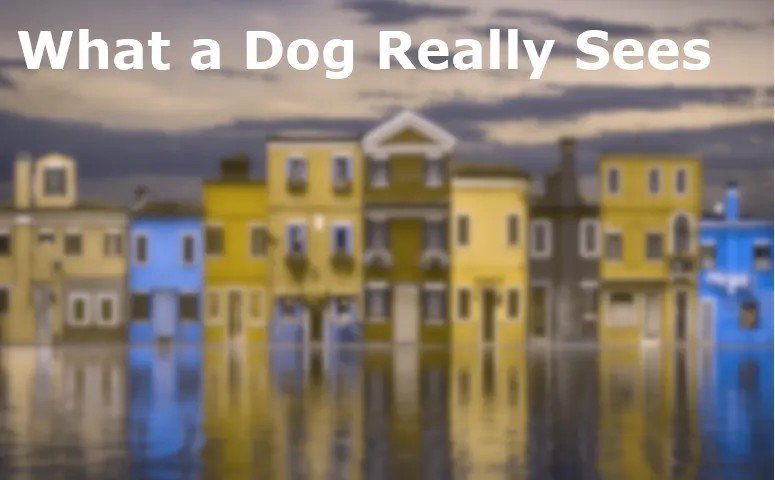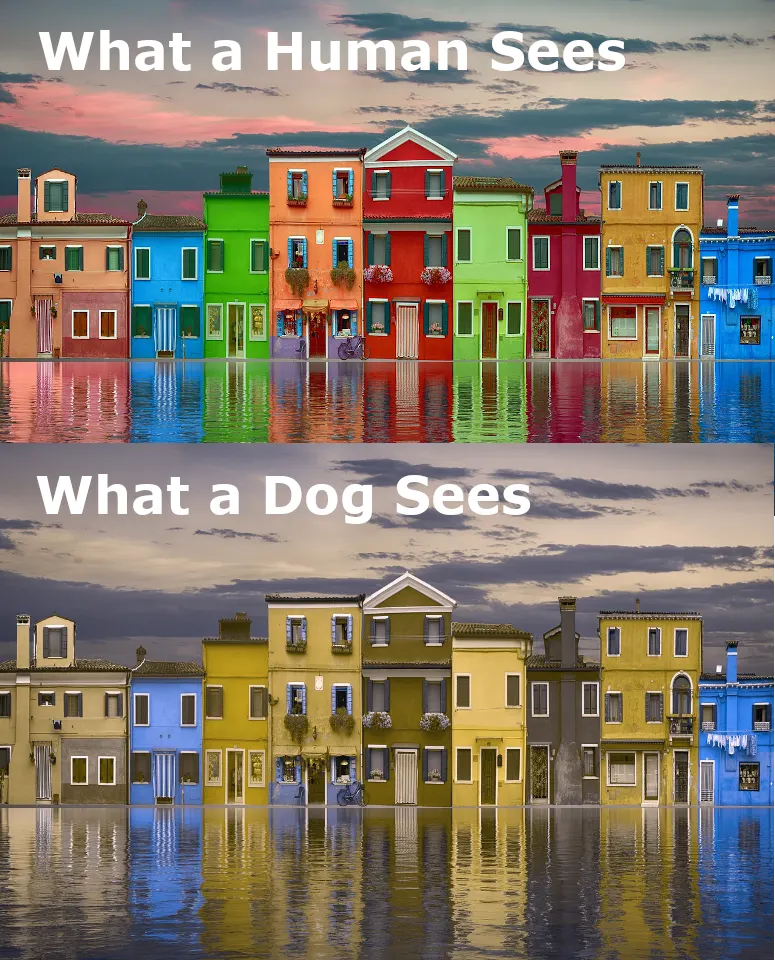Are Dogs Color Blind?

Robert is a life-long dog-lover and the co-creator of Telemark’s Guide to Dogs, an interactive CD-ROM filled with dog information & photos. Robert knows enough information about dogs, which helps him in his field. But are dogs color blind? In this article, you will understand how dogs see.
Are Dogs Really Color Blind?
Can dogs see colors? The answer would be total No, dogs are color blind. But how? Let’s make this clear for you. In 1937, The founder of National Dog Week, Will Judy, believed that dogs could only see shades of gray, and that belief spread quickly as Will was a widely published author.
At that time, People believed that dogs could only see TV, image, or old black-and-white photograph.
Until the 1960s, many scientists had agreed with the view as well as that a few species of birds and only primates could see colors. Now, studies that are formatting better understanding of the eye and experimentation, have approved that many animals can see colors, however few can perceive the full range of colors seen by humans.
Generally, dogs can see red and green colors like shades of brown or gray. So, we can say that they have red-green color blindness, which humans can have also. However, colors like yellows and blues could be seen just like us.
Take a look at the picture at the top of this page.
How Dog and Human Eyes Differ
Our eyes have two types of light receptors called cones and rods just like dogs’ eyes. Cones are responding to different frequencies of light or colors, while rods simply detect the light.
To make the difference clear, we as humans have 3 types of cones (in other words trichromatic), which means that they correspond roughly to green, blue, and red.
Whereas, dogs have 2 types of cones (in other words, dichromatic), that correspond roughly to yellow and blue.
Dogs are better than humans at detecting motion as they have a higher percentage of rods. Also, that makes them have more advantage at seeing in low-light conditions.
However, humans believe that dogs are quite nearsighted. And that is because the vision of most dogs is equivalented about 20/75.
This means that only the first three lines of an optometrist’s eye chart could be read for any dog! (Despite the fact that dogs can’t read!)
Dogs can’t see distant objects clearly and they would be very blurry, while they can see the close-up objects very clearly just like humans.

What This Means for You and Your Dog
You can’t bring any toy you just love to your pet, so, you should pay attention to its color because a red toy would be a wrong choice for your own one. You have to put in your consideration as a dog owner to choose yellow and blue toys, not only bright ones. Dogs love those colors and they really enjoy seeing them. And remember, your dog can observe motion very well, so, a rolling ball would be great to observe and play with.
Nowadays, the dogs’ visual limitations were being observed by the world of dog agility. So, yellow and blue have become the 2 main colors that are used in dog agility equipment.
In addition, many rules have been established by many dog agility organizations that statues that contact zones and landing surfaces should be yellow-colored, with contrasting areas in blue. Also, they can stick with white and black, as an alternative, using white for contact surfaces, and black for contrast.
Share this to let other people know about it!
